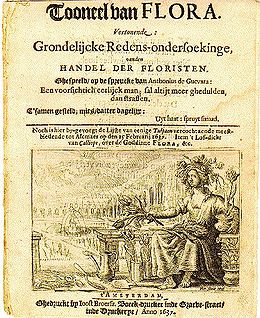This day before Easter Sunday is an almost perfect expression of what April 15th should typically be: cool and damp, rather overcast, promising April showers at some point, with a promised Easter Sunday of brilliant resurrection sunshine. Alas, that tomorrow's promised fine weather also includes the signature of global climate catastrophe -- the promised temperature is 83°. This is not by any means typical.
However, exactly in time for Easter, the tulips have exploded into buoyant, vivid display everywhere. When I first began living here, I rather snubbed tulips -- they were not the flowers to which either the Red River or Rio Grande valleys had accustomed me -- as they were more signs of the alien world into which I was struggling so hard to find a way to find myself. Imperceptibly, over the years, I did find myself here, which means I've come to love tulips, to look forward to their annual appearance and feel sad when their time is finished.
Perhaps the most important connection of tulips and Manhattan though, is something obtuse me never noticed until relatively recently, despite all my knowledge of history.
 |
| Ottoman courtier delicately enjoying a tulip, by court painter and miniaturist Abdulcelil Levni (died 1732). |
For Europeans, New York was originally Nieuw Amsterdam, colonized by the Dutch early in the 17th century, with a factorij for processing and administering the Dutch West Indie's fur trade up the Hudson River, and Fort Amsterdam to protect it. Back in the 16th century Dutch traders began importing the beautiful tulip from regions of the Ottoman Empire, bringing the bulbs to Europe and the New World. Consequently, we got the Dutch Tulip Bubble in the early 17th century. That one of the first international financial crashes around these bulbs seems appropriate, considering that New York has always been about finance and trade, doesn't it?
 |
| Wrapping cloth, Ottoman empire, tulip design, late 17th century, silk embroidery. |
. . . . Part of finding oneself in a new world is finding the food that works. How can one do Easter in NYC without prosciutto bread?
I have some, to take uptown for tomorrow's Easter dinner uptown with our friends.
We have the good fortune to live among many small food suppliers that are owned and operated by several generations along by now, Italian families. Easter is very important in their families. The stores have been packed all week with people assembling the ingredients for the great meal to be served tomorrow. I also have the good fortune to have become close to some of these people who were born and brought up in these traditionally local Italian blocks.
Some of this deep Italian life, like the tulips from the early days of the Dutch, remains here, and these friends have opened the doors for me. This includes St. Anthony's, and Our Lady of Pompeii.
I am not and was not brought up to be Roman Catholic, but I visit these churches, not only on the Saturday before Easter.








No comments:
Post a Comment